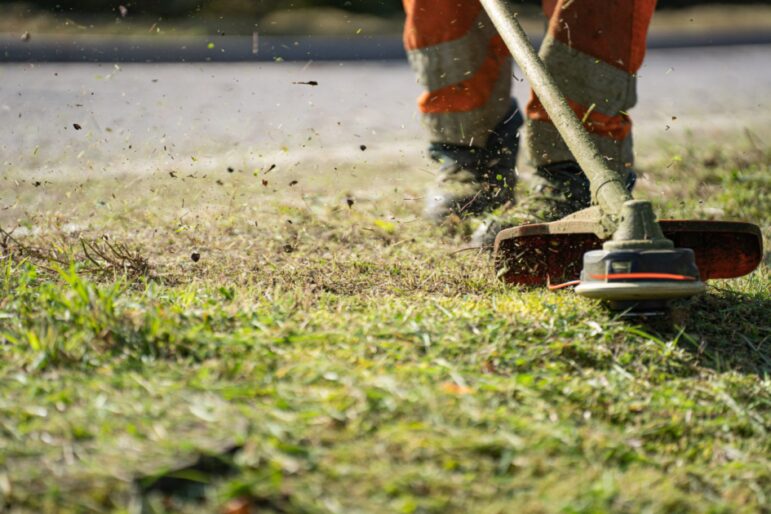Keeping outdoor workers safe in the summer

As the weather gets hotter and summer approaches, there are many maintenance workers who need to spend their days in the hot sun to do their jobs. When does the heat become a concern? According to Environment Canada, the optimal temperature range for comfort should be 23 to 26 °C with 50% relative humidity in the summers, so you need to have a plan to accommodate your staff when the temperatures heat up.
Keeping workers protected through the summer is vital as they spend more and more time outdoors and in the heat. There are many steps you can take to provide protection for your employees so they can stay safe and get the job done.
- Make sure to schedule regular breaks so they can stay hydrated and get out of the sun.
- Move work to a shady area wherever possible so workers avoid direct contact with the sun, helping keep their body temperatures down and avoid getting burned.
- Reduce the work hours or labour intensity to help get more work done efficiently and consistently, as workers avoid overheating. Consider a rotating shift where workers can spend some time outdoors for brief periods of time while the work is getting completed and then take shifts inside to limit their exposure to the outdoors.
- If you have equipment that gives off heat, use shields or other protection to try and limit exposure and keep workers cool.
- Supply your staff with personal protection equipment (PPE) like cooling vests, cool compressed air sources, or fans where available.
- While outdoor workers are most affected by the heat, of course, don’t forget team members who are working in un-airconditioned warehouses, bays, or other areas that tend to heat up. Installing fans in these areas can help cut down on humidity and poor ventilation, making the work environment safer and more appealing for your staff.
Train your team
People who are not accustomed to spending so much time outdoors or performing certain stressful tasks are at a higher risk for heat stress. So, be sure to let any new employees know about your standard operating procedures (SOPs), prioritizing breaks, and wearing appropriate attire to spend long periods of time in the heat.
Making staff aware of your heat management procedures also means creating an emergency plan, in case someone exhibits signs of heat stroke or heat exhaustion. Teach your staff to assess the risk and to take the proper action if someone develops alarming symptoms while they are on the job.
Working outside through the summer can be a challenge, but keeping your employees cool and informed will help ensure that the work is completed safely and efficiently.
The post Keeping outdoor workers safe in the summer appeared first on REMINET.

